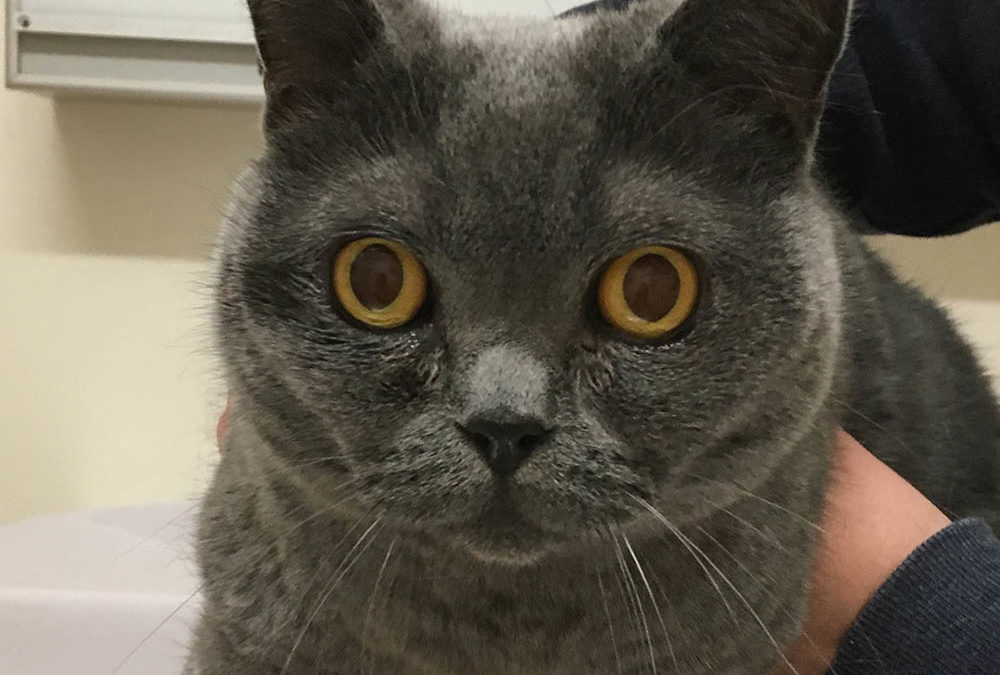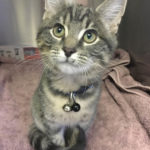Hyperthyroidism is a disease of cats, usually ten years of age or older, caused by excessive production of the thyroid hormone. The role of thyroid hormone in the body is to control metabolism and iodine storage. In cats it is typically a benign overactive thyroid gland tumour located in the neck area that leads to hyperthyroidism. The condition is rare in dogs which instead tend to suffer from the opposite condition of hypothyroidism. After diabetes, hyperthyroidism is the second most common hormonal disease seen in cats. Signs of this condition include hyperactivity, weight loss despite a ravenous appetite and increased thirst and urination. Cats may cry frequently, show poor grooming and have a rapid heartbeat. If left untreated cats become emaciated and can develop fatal heart failure. The good news is that diagnosis involves a simple blood test performed by your vet and there are several good treatment options. The ideal form of treatment is a single dose of radioactive-iodine given as an oral capsule. This is given by a veterinary specialist during a stay in hospital but is safe and has excellent permanent results. An alternative treatment is twice daily anti-thyroid tablet or in cats that are very difficult to pill, a cream applied to their ears. Regular blood and urine tests are required lifelong to monitor this ongoing treatment. Speak to your vet if your older cat has any of these clinical signs so they can offer tests and treatment suitable for your pet. This is Bluebell the 5 year old British Short Hair who was very healthy at her yearly check up and vaccination.
Subscribe To Our Newsletter
Join our mailing list to receive the latest news and updates from our team.




